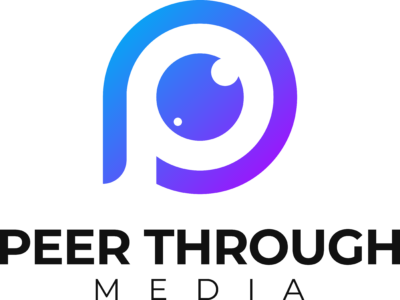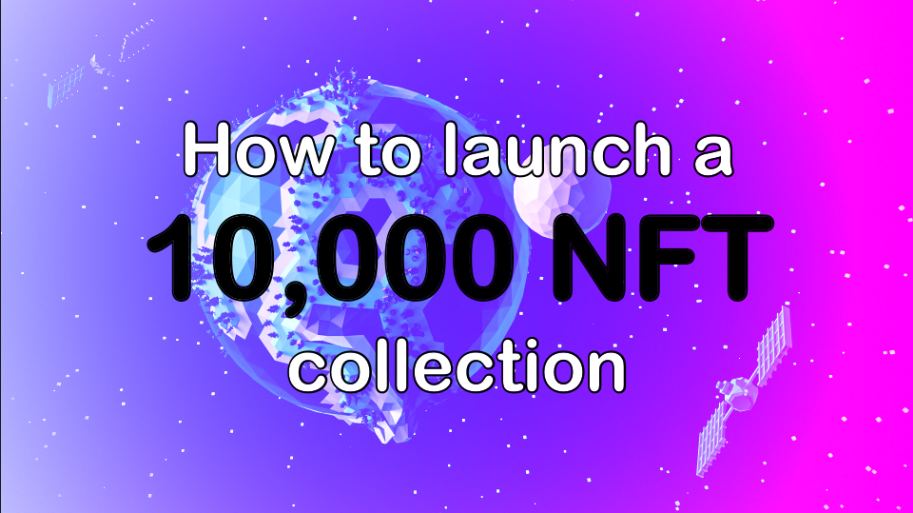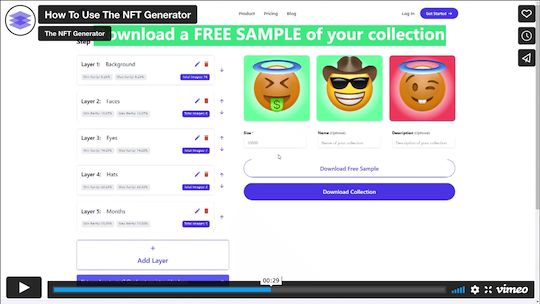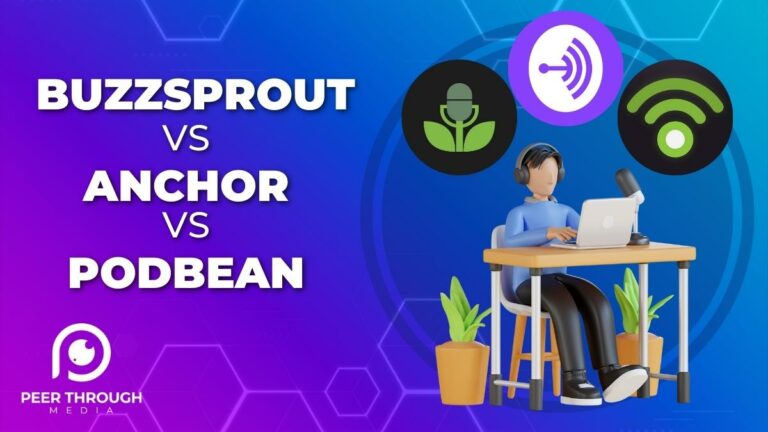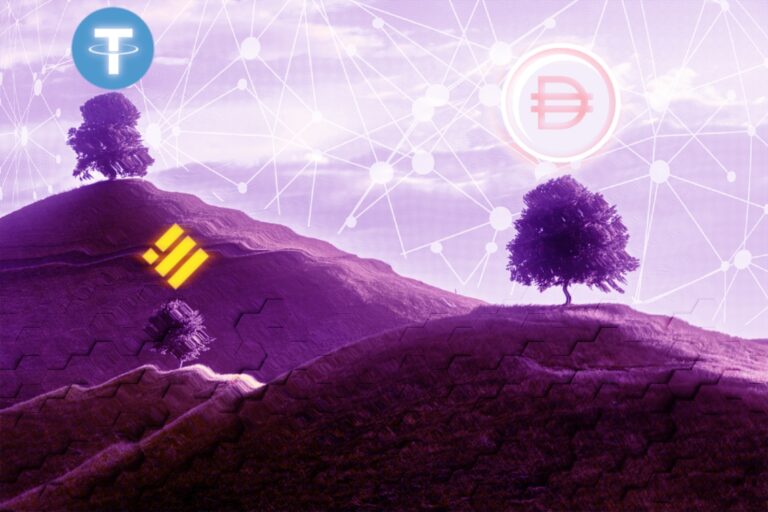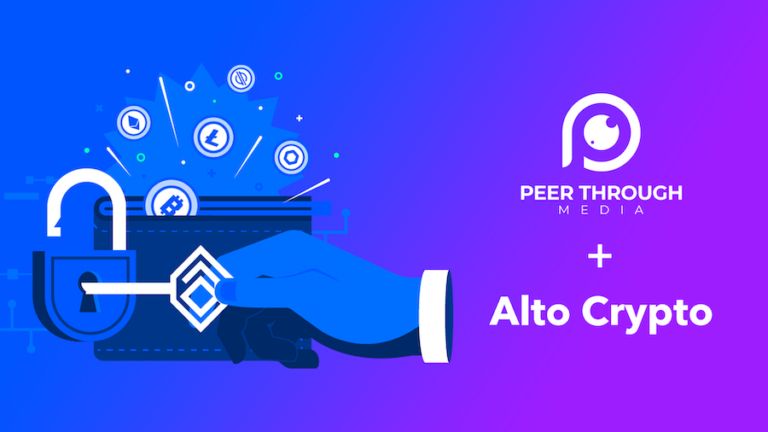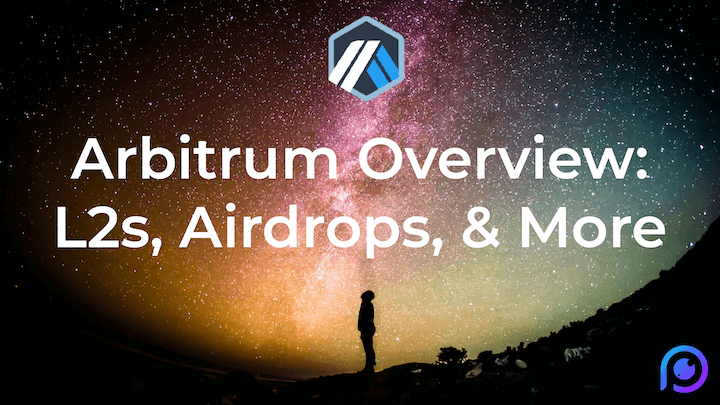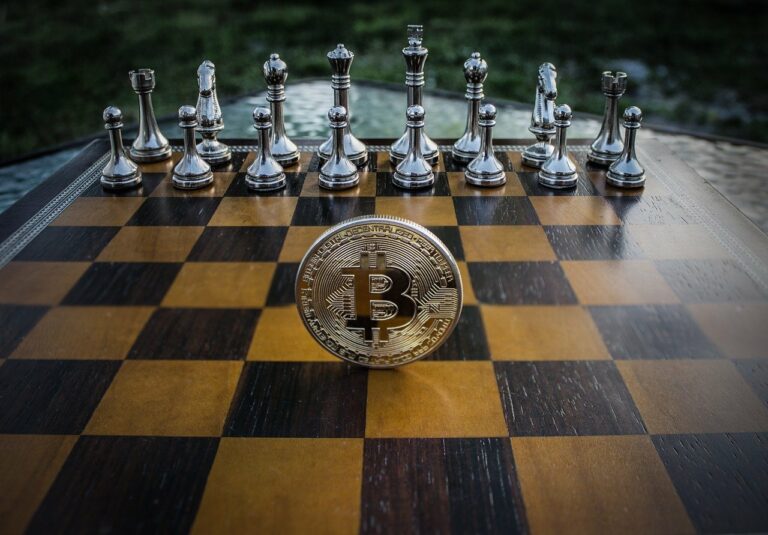How To Make an NFT Collection (10,000 Pieces)
This article should help you create and launch your own 10,000+ NFT Collection. It will also help you better understand many concepts behind non-fungible tokens. Reading this will serve you as an NFT creator or as an NFT investor.
I will outline my own in-process launch for my 10,000 NFT collection – No Fun Toads – as a case study. That’s a really big deal!
By following my public building of this through vlogs and blogs, you’ll get the big picture, so you know what puzzle pieces you have to solve. You’ll see how I approached them and gain insight into what works and what doesn’t when launching an NFT.
Also, since I’m building this live — please let me know any feedback or ideas you may have @peerthrough on twitter. I can always use the help.
Here is essentially this post as a more free-flowing video version:
How To Create NFT Collection 10,000: What I’ve Done So Far
Over the last 3 months, here is what I have done to set up my NFT collection, the No Fun Toads.
- Researched the space
- Created a concept, brand voice, and roadmap
- Partnered With A Dev
- Tried to draw it myself
- Partnered With An Artist
- Made a list of traits
- Created those traits
- (The Dev) Finished the smart contract with on chain generation
- Generated the images through code (generative art)
- Made a bad first website
- Created a more polished mint date announcement animation
- Made a twitter
- Made a discord
- Produced animated NFT News Updates with one of the NFTs using Adobe Character Animate
- Pivoted Names/concept/roadmap (Our name got taken)
Here is what we still need to do before we launch on October 5
- Revamp the website
- Continue with the NFT News
- Do some other marketing techniques
- Make more videos
- Hmm, giveaways?
- Officially launch the smart contract
- Set Website Up For Minting nfts
This article will now be broken down into those steps, and I’ll do my best to share what I’ve found most important to keep in mind or understand at each phase.
Step 1: Researching the NFT Space
The NFT space is amazing and weird. While I’ve been in the crypto space for quite some time and even sold NFTs back in 2018, I wasn’t hooked on NFTs until I learned about the Bored Ape Yacht Club.
Thank the NFT gods for that one!
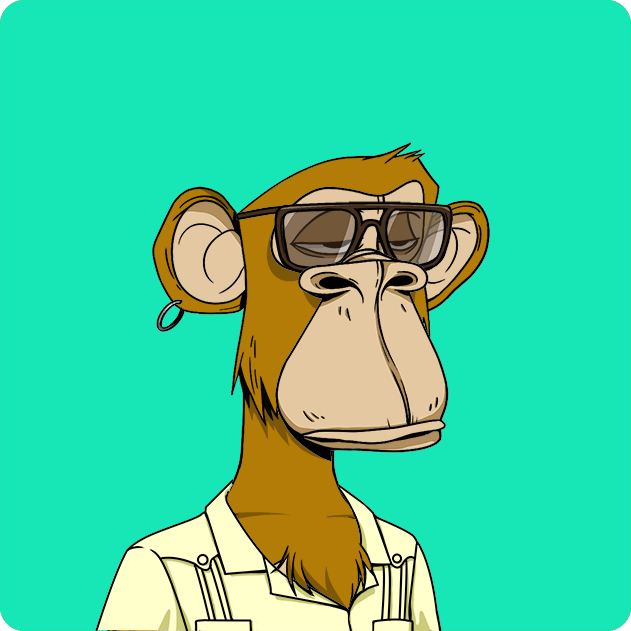
Anyway, the NFT space is a bunch of degenerative dudes with too much time and an extreme penchant for risk. It has its own macro culture, with its own lingo like wgmi, and gm.
However, what is starting to become more clear is how each collection has its own personality and culture.
NFT collections generally have their own storyline, values, goals, and ways of communicating on Twitter and discord. Sometimes, NFTs just supplement an existing Defi platform like the dydx hedgies other times, they seem to be a huge joke with no clear point and their own twitter language, like Goblintown NFT.
If you’re an NFT collection creator, you’re not just an artist or developer; you’re a community builder.
Step 2: Finding Your NFTs Brand Voice & Concept
NFTs are like immersive theater on the internet.
My favorite example of a project creating its own brand voice is Jay Pegs Automart. They pretend they are a certified pre-owned 2007 Kia Sedona Dealer in Florida, and their marketing is hilarious.
Their launch was hacked for $3 million, and they responded to the hacker and resolved the situation all in their brand voice of a used car dealer. It’s a perfect example of staying in your created NFT world.
Me, I like wordplay and I like to educate. So initially, my concept was Cryptoads, and their mission was to “Unite The Metaverse” with educational content, a gated social media site, and an animated news show.
Fortunately/Unfortunately, our name was (innocently) taken when a project called Cryptoadz stealth launched before we did. We switched our name to No Fun Toads – because NFTs are very serious business.
Here is one of my animated news round ups about the pivot. I create these animated news roundups relatively quickly/cheaply using Adobe Character Animator.
Step 3: Developing Your NFT’s Roadmap & Utility
While the utility of a single NFT is the art, many projects have roadmaps.
Some promise scavenger hunts, live events, animated shows, and game integration. The limit to your roadmap is your imagination on what you can do with the money to support your community after the initial sale.
Initially, Cryptoads roadmap included a gated social media site we called “The Pond”. But then our name changed, Metalink launched, and we got wiser.
After making, what I think is an awesome, animated music video for the No Fun Toads on NFT Addiction – I realized I needed to make this about doing what I love, helping others do what they love, and helping people.
No Fun Toads are about having fun sustainably and staying sane. So, I ditched the roadmap and traded it in for 2 north stars that should guide us toward creating more fun and happy people.
Star 1: 20% of sales Go To Creator Grants
My entire life has been about making creativity and passion sustainable. NFTs are a great way to amplify that. So for that, we’ll grant 20% of the funds to artists in the community.
Ideally, this funded content involves the toads. This means the artist/creator builds further awareness for the NFT collection. Ultimately though, the goal is to give talented people money for sharing their talent with the No Fun Toad community and the world at large.
Star 2: 20% of sales Go To Mental Health Initiatives
Mental health is a huge issue, particularly in the artist and NFT communities. We will donate 20% of sales to mental health charities and/or to fund other mental health initiatives. NFT addiction is real y’all.
Step 4: Creating The Art for a 10,000 Piece NFT Collection
You don’t have to draw 10,000 toads to make a collection of 10,000 NFTs. We’ll use code to help generate them. This also helps with rarity as you can set the rarity % for each trait. (Note: there are now no code NFT generators)
For the art form, you draw a base toad (or whatever your thing is) and then draw each trait as its own layer.
Think of it like legos
This toad:
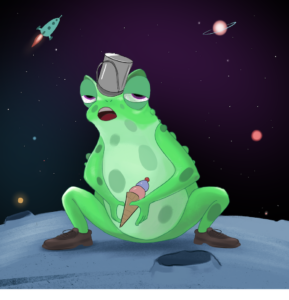
It is a mash-up of these traits:
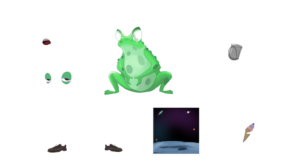
Further reading: How To Make NFT Art
You create an NFT collection that mashup through code by naming each trait and giving it a %, which dictates a collection’s rarity.
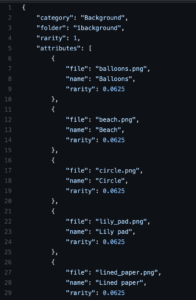
Use a No Code NFT Generator
A lot of excellent tools have been built in the NFT space since writing this article.
Creators can now combine traits and even launch their custom smart contract all with no code. My favorite tool for this is: The-NFT-Generator.com
PS. Message me, mark@peerthrough.com if you plan to use their contract creator. I can likely get you a discount.
Step 5: Coding The Smart Contract for an NFT Collection
An NFT needs a smart contract. I will take an overly simplified approach to explain this so that you get the main concepts of what’s going on. There’s a lot of variation between projects on what happens on chain and off chain, but that’s too much for this article.
Think of an NFT collection’s smart contract as an internet gumball machine, where results are randomized.
The smart contract is deployed onto the Ethereum blockchain.
Inside that contract is code that says, “if someone sends me (creator chosen sale price) amount of ETH, then:
- Run the code that picks the traits randomly based on their %. **
- Overlay the image layers to create the final image **
- Log images to IPFS **
- That image becomes a Non-Fungible Token, and is transferred from the smart contract address to the address of the wallet.
- That image now shows in the wallet of the buyer and on NFT marketplaces. The buyer can transfer/sell nfts whenever they choose. They own it.
- You can also create unlockable content and data.
**Most of the time, not all of this actually happens on chain, but you get the point. The more common method is to create NFTs off-chain, upload those randomized images to IPFS, those images then each have an associated number. When the mint button is called from the smart contract, it pulls an image at mint.
This is all getting a bit nuanced, so I’d just play around and try it out:
A United Collection But Unique Items
Almost every NFT collection has some pieces that are programmed to be more unique or special than others. Those pieces are usually worth more than the “floor” price. The floor price is the cheapest NFT in a collection. (More on NFT Investing Strategies here)
NFT mints are particularly fun for the initial customer because the smart contract makes it randomized.
In the initial NFT drop, all collection pieces are the same price; rarity is luck, but on the secondary market, people will browse individual NFTs with all traits revealed, and the rare “cooler” ones will likely be priced higher.
By minting an NFT, you are hoping not only that the collection overall explodes in popularity and the floor rises on secondary markets like OpenSea, but also that you are lucky enough to get a rare NFT in the collection. You can avoid any transaction fees or gas fees if you opt for the ‘lazy minting’ system.
Step 6: A Website or Launch Pad for your NFT Collection
You’ll need a destination UI to send people to mint the NFT. Platforms like OpenSea, SurperRare, Foundation App and others have options for launching a collection straight from their platform. The-NFT-Generator.com will also give you a mint button to embed on your site or even host a site for you.
Your website will be a mixture of web 2 — basic webdesign, HTML, CSS. And web 3, with the button allowing a user to connect their wallet to the smart contract and mint an NFT. It is now becoming easier and more popular to use things like WordPress to mint an NFT, but it used to be that the industry standard was for websites to be designed with a ReactJS front end.
You can find templates for React sites on EnvatoMarketplace, and if you need them – designers/developers on Fiverr or Upwork. There are also unlimited monthly graphic design services like Flocksy.
Step 8: Building A Community For Your NFT Collection
You’ll need a Twitter account to create an nft. Crypto Twitter is where all the NFT marketing goes on.
Once you have some audience on Twitter, you can direct them to discord,. The discord server is more interactive and private for the community to talk amongst themselves.
Once you launch, you can set up Collab. Land to make gated discord channels where only verified Hodlers of your NFT can access the chat and provide services. This is one the most valuable properties for high-priced collections like bored apes.
You kind of do NEED these things not only for marketing but also because they are good to have to release official announcements from your team. This audience becomes your potential buyers.
There are a lot of scammers out there that will pretend to be you if your project is successful. You need a secure place to let your NFT holders know what’s really going on.
Step 9: Something To Make You Stand Out
There are already a HUGE amount of NFT collection projects. We’re passed the days of just putting out 10,000 cute animals and people buying them.
I hope to make No Fun Toads stand out with our clever media.
Also, I do a lot of work in the crypto space, so I’ll always keep the No Fun toad Hodlers in mind with any new project and opportunity.
How To Make an NFT Collection: FAQs
Creating NFT collections is fun, interesting, and profitable. Before creating your first NFT collection, let’s look at the reasons to do so.
Fun because you get to create a world of animated characters and creativity.
Interesting because you’re working on the front lines of the emerging blockchain industry
Profitable because you are selling an easy-to-maintain product online.
NFT launches usually make money because there is an initial, fixed price per NFT, where customers “mint” the NFT -aka generate the NFT on the polygon blockchain. That mint sale gives the creator a bulk payment upfront (ex: 10,000* .04 ETH = 400 ETH).
Then, while creating an NFT collection, owners can set a royalty percentage on the NFT marketplace that go back to the original creator for every secondary sale.
Usually, when you set royalties, all of the initial sales don’t go straight to the creator’s pocket, though. Most of it should go back to building a roadmap and seeding the larger community.
Creating a collection in NFT can range from being free if you create the art and code yourself – to 10s of thousands of dollars. Potential costs comes from:
Creative Approach: A part of the total cost goes into the process of creating your artwork.
Generating collection: If you’re using a no-code NFT generator, you might have to pay a small free up front.
Gas Fees to Deploy the contract: No matter how much of the art and code you do yourself, you must pay a gas fee to deploy your smart contract to a blockchain. Depending on the network, network congestion and complexity of the smart contract – this can be a sizeable cost. Sometimes even up to $1000 in ETH.
Choice of marketplace & promotion: Needless to say, you will list your NFT collection on a marketplace. Different marketplaces have different fee structures. Some of them prefer charging you a certain percentage from each sale, some an upfront fee. Others may charge for a featured listing.
Collections can be anywhere from 2 items to multiple thousands. It all depends how many you let your smart contract mint before “selling out”.
A common size for collection is 10,000. This is a precedent set by Cryptopunks and Bored Apes.
If you possess the art and know the right technique, making an NFT collection would be a no-sweat for you.
The road gets easier when you know the destination. Before making an NFT collection, comprehend why you’re into it.
“Research” is the ultimate advice here. There’re tons of guides available on creating NFT collections; go through them and figure out what’s easiest for you.
Creating an NFT for free is mostly possible if you can create the art and smart contract by yourself. That said, you’ll likely still have to pay a gas fee to deploy your smart contract onto the blockchain of your choice.
There are marketplaces and websites that let you create free NFT accounts.
Conclusion
I hope you found this creating a 10,000 NFT collection article helpful. I also hope you enjoyed the No Fun Toad videos. If so, perhaps find a toad on opensea.
If you are thinking of making your own NFT collection, check out NFT-generator or reach out. Also be sure to keep your crypto safe with some of the best NFT wallets.
Thanks for reading!
